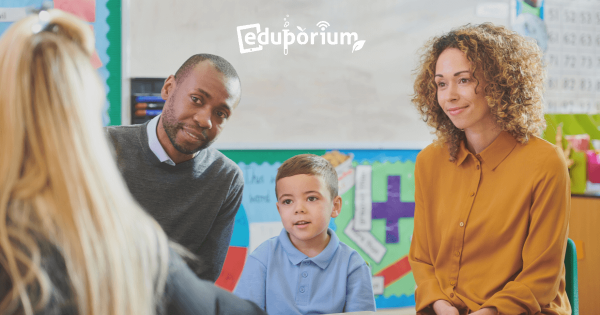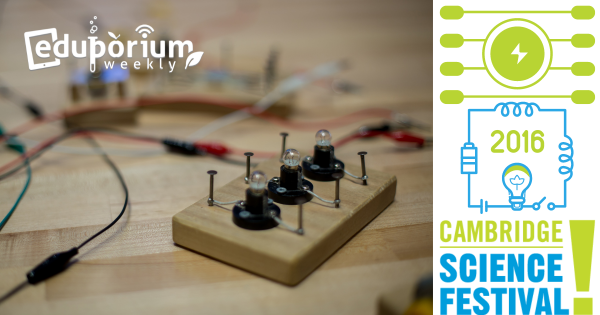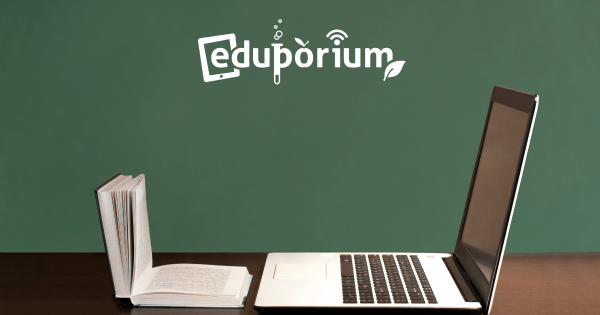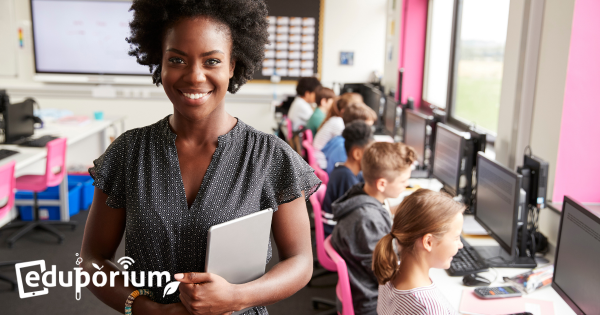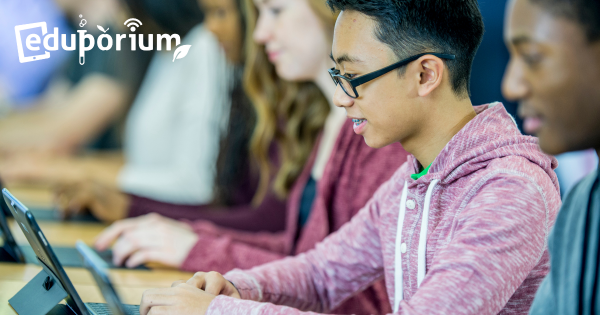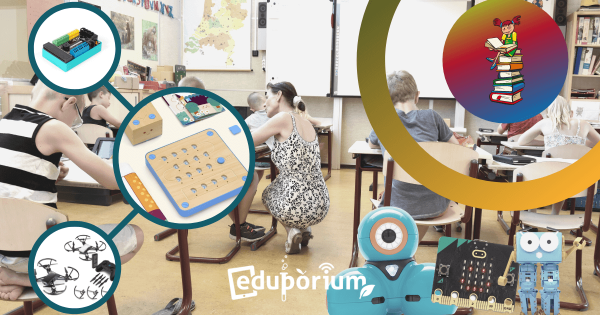If you haven’t given much thought to trying Open Educational Resources in education or maybe aren’t quite sure what exactly they are, the time is now for you to explore some basics of them! OERs are freely accessible, openly licensed documents and media for teaching, learning, and assessing your students as well as for research—and they’re all available for download.
Search results for '3-8'
-
Eduporium Weekly | Making Summer Matter
Since most kids think of the summertime as a chance to get away from learning, school and pretty much all academic-related activities, it’s sometimes tough to make sure that the months before school starts back up are meaningful. Sure, teachers can assign summer reading or projects, but there’s no way to be certain that students will really engage. -
Eduporium Weekly | Time For The Cambridge Science Festival
You might have heard that our team will be participating in the upcoming Cambridge Science Festival next week and even hosting a few events on Wednesday and Thursday. And, we feel it’s imperative to do what we can so that educators have an idea and an advantage when it comes to how they can create this kind of transformational education -
Eduporium Weekly | Something to Tech About
Technology is not something tangible you can pick up and put down as you please. It’s not a defined, solid object. And, as the world transitions into a tech-first approach to solving many of its most pressing problems, technology is no longer an option. It’s a tool that can be used to solve these daily problems and students need additional -
Eduporium Weekly | For Digital Learning And Digital People
Think about it. Today’s adults spend most of their working day using a computer to carry out a range of responsibilities from communication to projects and everything in between. They use programs, websites and office productivity software. Most of them probably also learned the specific, tech skills for their job once they had already accepted it. -
Eduporium Weekly | Fostering Inquiry To Advance Learning
Do you ever sit around and dream up ways for how classrooms can be made more exciting, innovative and useful? Just start a little inquiry, mix in a bit of cool technology and you’ll be on your way to interacting with a room of engaged students! That is the focus of this week’s Eduporium Weekly along with how you can -
Confirming The Importance Of Technology In The Classroom
All too often, we place too much emphasis on driving home concepts and confirming student knowledge by administering tests on a regular basis. Is this the best way for kids to learn, though? Traditionally, most education models have revolved around this approach, but in recent years, more and more teachers have been embracing STEM methods. -
Eduporium Weekly | Discussing The Importance Of Creativity
Fortunately, there are plenty of ways to overcome lack of creativity in education and if you’d care to learn how, keep reading! Some of the factors that scientifically compose creativity include originality, self-expression, risk taking and collaboration—none of which I see in traditional lecture-giving and note-taking classrooms. -
Our Hour Of Code Experience For CS Ed Week 2014
We spend a lot of time at the office here at Eduporium HQ, and we don’t get to spend as much time with children as we would like. When some friends from the Cambridge Montessori School invited us to bring some of our educational technologies for a workshop they were doing for the annual Hour of Code event, we could




